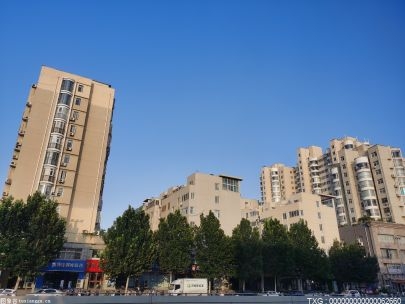据油价网2月14日消息称,根据欧盟委员会的一份声明,欧盟委员会周二提出了对重型车辆更严格的二氧化碳排放规定,要求到2040年,所有新卡车的排放量减少90%,到2030年,所有新城市公交车的排放量在短短7年内为零。
欧盟的目标不仅是帮助欧盟在2050年之前接近温室气体净零排放目标,而且还要减少化石燃料的进口。据路透社周二报道,各国已经达成协议,到2035年,新车将实现无二氧化碳排放。
欧盟委员会表示:“道路运输部门占欧盟温室气体排放量的五分之一,是城市空气污染的主要原因。”该委员会补充说,运输部门是欧盟唯一一个排放量近年来持续上升的部门。重型卡车和公共汽车的温室气体排放量占欧盟道路运输温室气体排放量的25%以上,占欧盟温室气体排放总量的6%。
 【资料图】
【资料图】
欧盟委员会建议,到2040年,制造商必须将其销售的新卡车的典型二氧化碳排放量在2019年的基础上削减90%。
他们还必须从2035年开始减少65%的二氧化碳排放。
欧盟目前选择了90%的目标,而不是100%的目标,因为欧盟气候政策负责人弗朗斯·蒂默曼斯表示,零排放技术尚未适用于所有卡车,他们也不知道何时会实现。
最终目标仍然是汽车和卡车的二氧化碳排放量减少100%,但欧盟没有就何时改变目标发表评论。
曹海斌 摘译自 油价网
原文如下:
EU Eyes 90% CO2 Cut By 2040 For Trucks
The European Commission proposed tighter CO2 rules for heavy-duty vehicles on Tuesday, mandating that all new trucks reduce emissions by 90% by 2040 and all new city buses emit zero emissions starting in just 7 years, by 2030, according to a statement from the European Commission.
The EU’s objective is not only to help the EU get closer to its zero net greenhouse gas emissions by 2050, but to reduce its imported fossil fuels as well. There is already an agreement for new cars to be CO2-free by 2035, Reuters reported on Tuesday.
“The road transport sector represents one fifth of the EU’s greenhouse gas (GHG) emissions and is the main cause of air pollution in cities,” the Commission said, adding that the transport sector is the only sector in the EU where emissions have continued to rise in recent years. Heavy-duty trucks and buses are responsible for more than 25% of GHG emissions from road transport in the EU and 6% of total EU GHG emissions.
The Commission suggested that manufacturers must have to cut the typical CO2 emissions of the new trucks they sell by 90% from 2019 levels by 2040.
They would also have to reduce CO2 by 65% starting in 2035.
The EU opted for a 90% target instead of a 100% target for now because, according to EU climate policy chief Frans Timmermans, zero-emissions technologies isn’t yet available for all trucks, and they don’t know when it will be.
The ultimate goal is still a 100% reduction in CO2 emissions for cars and trucks, but the EU did not comment on when the target might be shifted.












